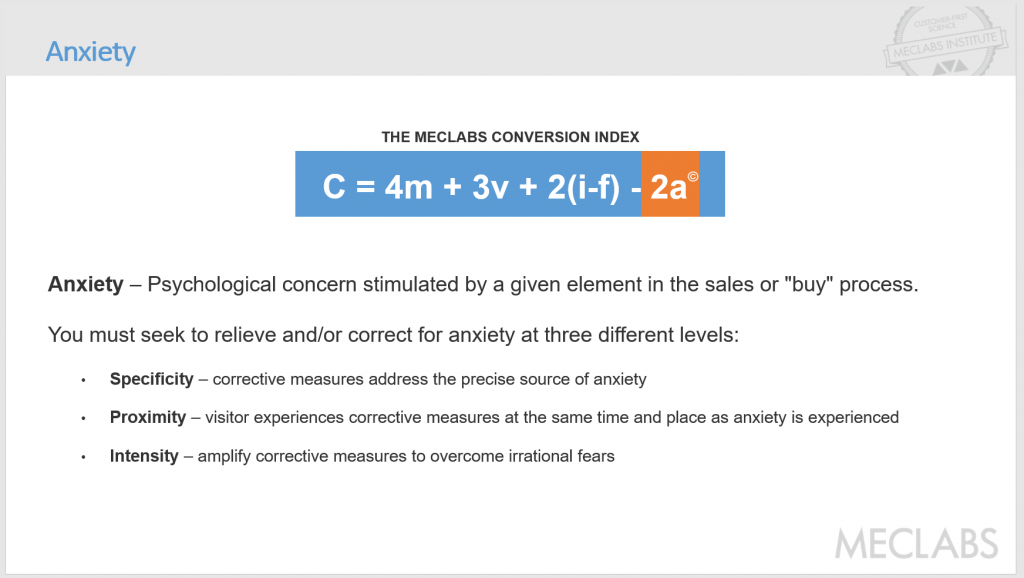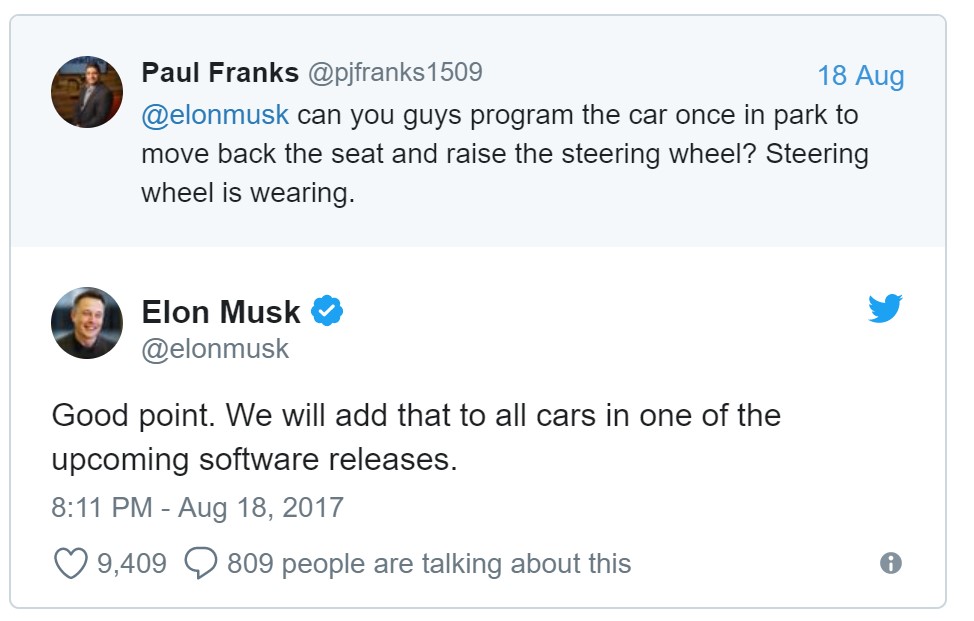Social Doubt: Beware the downside of social proof in social media marketing
Back when I was an undergrad at the University of Florida, our basketball team won in the Elite Eight round of March Madness, meaning we were headed to the Final Four. Right after we won that game, students poured out onto University Avenue. There was jubilation in the street.
And then … all of a sudden … everyone just ran down to the football stadium and tore down the goalposts. (We were a football school at the time, not yet accustomed to basketball success)
It was a very odd moment. No one planned anything. People didn’t even shout out any directions. Most (but not all, let the record show I stayed put) of the students in the streets simply started running together toward the stadium.
Ah, the human animal
Much like a V-shaped formation of birds adjusting down the line to keep the formation tight, or a school of fish quickly changing direction, humans also engage in unthinking, subconscious herd behavior without even realizing what they’re doing.
And this is one of the most powerful drivers behind social media marketing.
Psychologists call this phenomenon social proof, which Wikipedia describes as “where people assume the actions of others in an attempt to reflect correct behavior in a given situation.”
Do you see wha t I just did there? Wikipedia is another example of social proof. If enough people agree to a definition of a term — even if they’re not experts — I guess it’s reliable enough to include in this MarketingSherpa blog post.
t I just did there? Wikipedia is another example of social proof. If enough people agree to a definition of a term — even if they’re not experts — I guess it’s reliable enough to include in this MarketingSherpa blog post.
But social proof has its downsides for social media marketing as well
Now, I’m not the only person to write about social proof in social media marketing. Just search the term, and you’ll find endless articles and blog posts.
However, I noticed a serious dearth of conversation about the opposite of social proof in social media marketing. If social proof works because it shows other people are interested in your brand, the opposite of social proof shows that other people are not interested in your brand. What is the word for that?
I would argue that our industry needs a term to refer to the opposite of social proof, to more easily identify this phenomenon and improve our social media marketing. After all, words precede actions. So here are my attempts (and if you have any of your own ideas, let me know on Twitter @DanielBurstein).
Social proof — OK, technically this is the correct term to describe the opposite/downside of social proof. Technically the term is neutral and just describes a phenomenon, not only the positive outcome of the phenomenon for social media marketers.
But I would argue that the term has been so abused in the marketing blogosphere that using it in relationship to social media marketing only conjures up relentlessly positive associations. Hence, the need for a term that exclusively calls out the downsides of social proof.
Negative social proof — This actually means something else already: using negative examples of others’ behavior instead of positive examples of peer behavior to affect an outcome.
For example, Dr. Noah Goldstein and his colleagues were trying to get visitors to stop stealing petrified wood from a national park. They experimented with two tactics. A positive social proof sign: “Please don’t remove the petrified wood from the park, in order to preserve the natural state of the Petrified Forest.” And a negative social proof sign: “Many past visitors have removed the petrified wood from the park, changing the natural state of the Petrified Forest.” The result: The negative sign tripled theft.
This isn’t exactly what I’m talking about in this thinkpiece. Brands have effectively used negatives messages for generations (see: collar, ring around the).
Most marketers understand the intentional use of a negative message. However, they may overlook the unintentional highlighting of a dearth of interest in their brand when they take their eye off the ball of their social media marketing efforts (which is especially a challenge for less-resourced SMBs).
Social disproof — A little too on the nose, don’t you think?
Social anxiety — The original spark for writing this blog post came from a conversion index analysis I conducted on a website. I noticed that the company’s use of social media buttons with counters likely caused anxiety among visitors, due to the low share counts. (In this case, many were zero.) Anxiety, as defined in the MECLABS Conversion Sequence Heuristic, is “psychological concern stimulated by a given element in the sales or ‘buy’ process.”
And that’s exactly what the opposite of social proof can do. While social proof helps prospects feel more comfortable and reassured in their purchase decisions, the opposite of social proof triggers anxiety and can terminate a conversion opportunity.
Unfortunately, social anxiety already means something else, so it wouldn’t be fitting to try to reuse it in a marketing context.
Social doubt — So here’s the term I propose. I think it sums up the challenge for marketers of having the tide of social proof move against them. Doubt literally means “a feeling of uncertainty or lack of conviction” according to wherever Google gets its definitions. And that’s really what happens. That slight uncertainty enters a customer’s mind while journeying through conversion path, and prospects are more likely to bounce.
4 EXAMPLES OF SOCIAL DOUBT
Now that we’ve defined the term, here are a few examples of social doubt you want to avoid.
Lonely social media buttons with counters
You’re on a company’s website, reading more information about its service offerings or researching a product purchase, and then you see one of these …  If the company that put up the website doesn’t even “like” what’s on it, why should you?
If the company that put up the website doesn’t even “like” what’s on it, why should you?
OK, in this case, the website owner likes his own page.
But doesn’t he have a marketing team? A staff? A family? Lonely. Not a good chance that there is helpful customer service.
The irony is, on the website I was evaluating, these social media buttons with counters were on pages they had no business being on. For example, the “contact” page. Unless your page is about the 1997 drama/fantasy where Jodie Foster makes contact with extraterrestrial intelligence, there aren’t many people who will “like” your contact page.
That’s not social proof. It’s social doubt. And it’s an element in the negative making it more likely that your potential customers will bounce.
Leaders with few followers
If your website has social icons for Twitter, Facebook, LinkedIn, Instagram, etc …
… it’s important to consider how many followers you have on those social networks that you’re driving people to.
Low follower count also adds a small element of social doubt. It suggests you’re not the leader among your peers in your industry. And if not many people trust your brand enough to follow it on social, why should the prospective customer actually make a purchase?
Now, this is a bit of a chicken and egg scenario. Putting social icons on your site is one small way to grow your followers.
Also, even if you have a lower follower count, some visitors might want to know your brand’s official social handles to mention your brand on social when describing a product experience. Or they may want to reach out for customer service. So if you’re actively monitoring and managing your social accounts, it may be worthwhile to still have the icons on your site.
How many followers is too few to display? There’s no one right answer to that question. A large consumer brand would be expected to have far more followers than a local tax attorney. One thing you can do is look at your peer competition and see how your brand stacks up (see how useful social proof is?)
And if it is worth displaying those social media icons on your website, it’s also likely worth a concerted effort to grow your brand’s social following.
The company you keep
Influencer marketing can be a powerful form of social proof through your social media accounts.
But beware the double-edged sword — social doubt can occur when you choose to align your brand with influencers who can alienate some of your prospective customers.
For example, brands pay Kim Kardashian “up to $500,000 to get access to Kim Kardashian’s 9.4 million Instagram followers,” according to Michael Heller, CEO, Talent Resources (via Sarah Karmali in Harper’s Bazaar).
But if I saw Kim K hawking your products? In me, it raises social doubt, and I’m less likely to buy your product.
That doesn’t necessarily mean you shouldn’t make a bold choice when aligning with a social influencer. After all, someone with enough social pull for your brand likely also has their share of detractors.
But it does mean that you should understand your customer enough to know which social influencers fit your brand’s niche. Sure, Kim K would raise social doubt in me, but I’m also not the ideal customer for Sugar Bear Hair or Waist Gang Society Waist Trainer.
Poor or no customer service
All those social convos are public. Social media is a vital customer service channel now. If your customers reach out to your brand on Twitter, make sure your customer service team is doing everything in its power to truly serve them.
Or, if you’re really on top of your social media customer service game, your CEO …
If you want to alleviate all social doubt, you can follow Daniel Burstein, Senior Director, Content & Marketing, MarketingSherpa and MECLABS Institute, on Twitter @DanielBurstein.
You might also like …
Social Media Marketing: 4 steps to identifying the ideal social media platform for your company
Social Media Marketing: Tactics ranked by effectiveness, difficulty and usage
Social Media Marketing: When your product delights your customers, customers will help sell it
Categories: Marketing, Social Media Marketing Inbound Marketing, marketing insights, marketing strategy, social media, social media marketing













